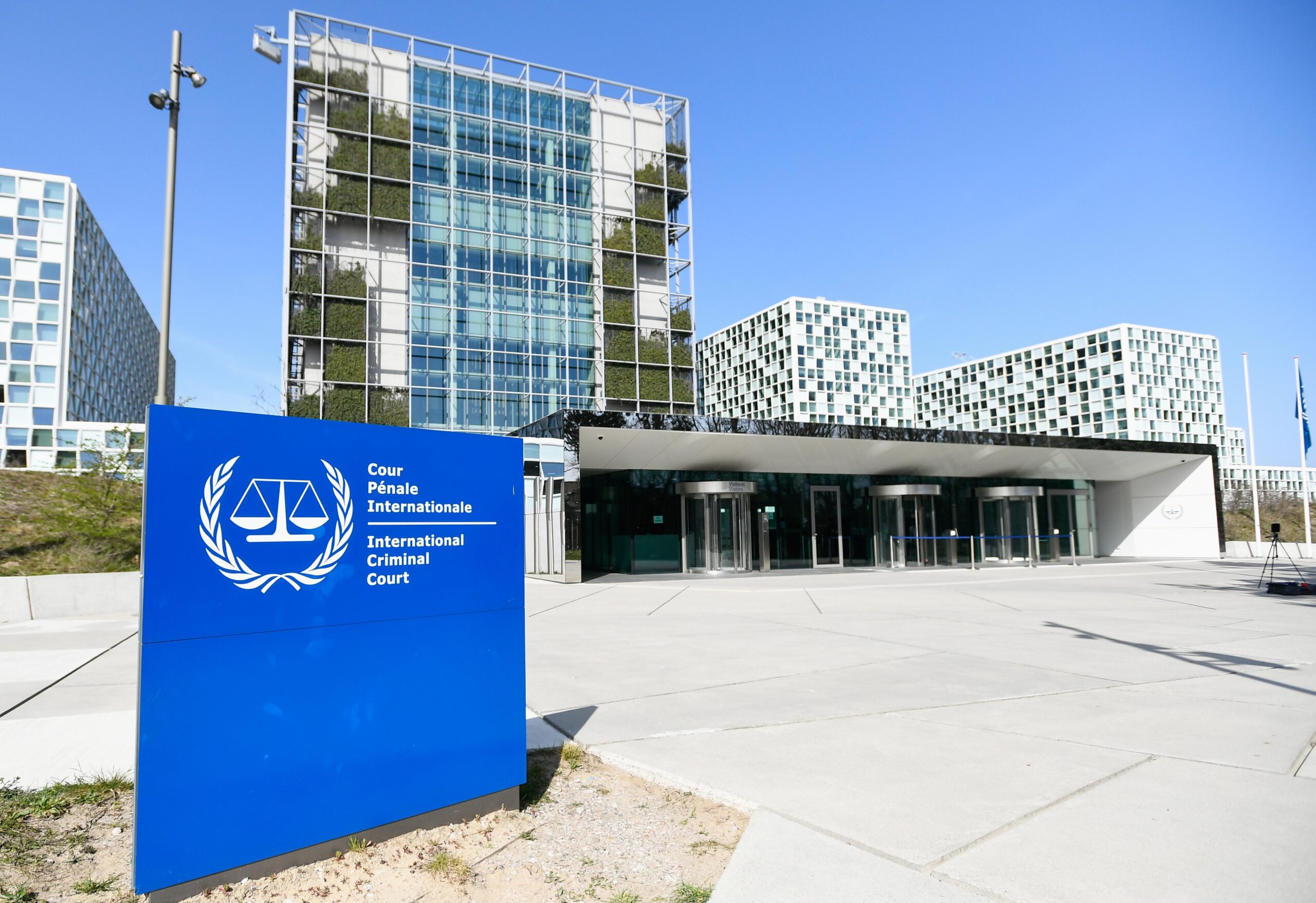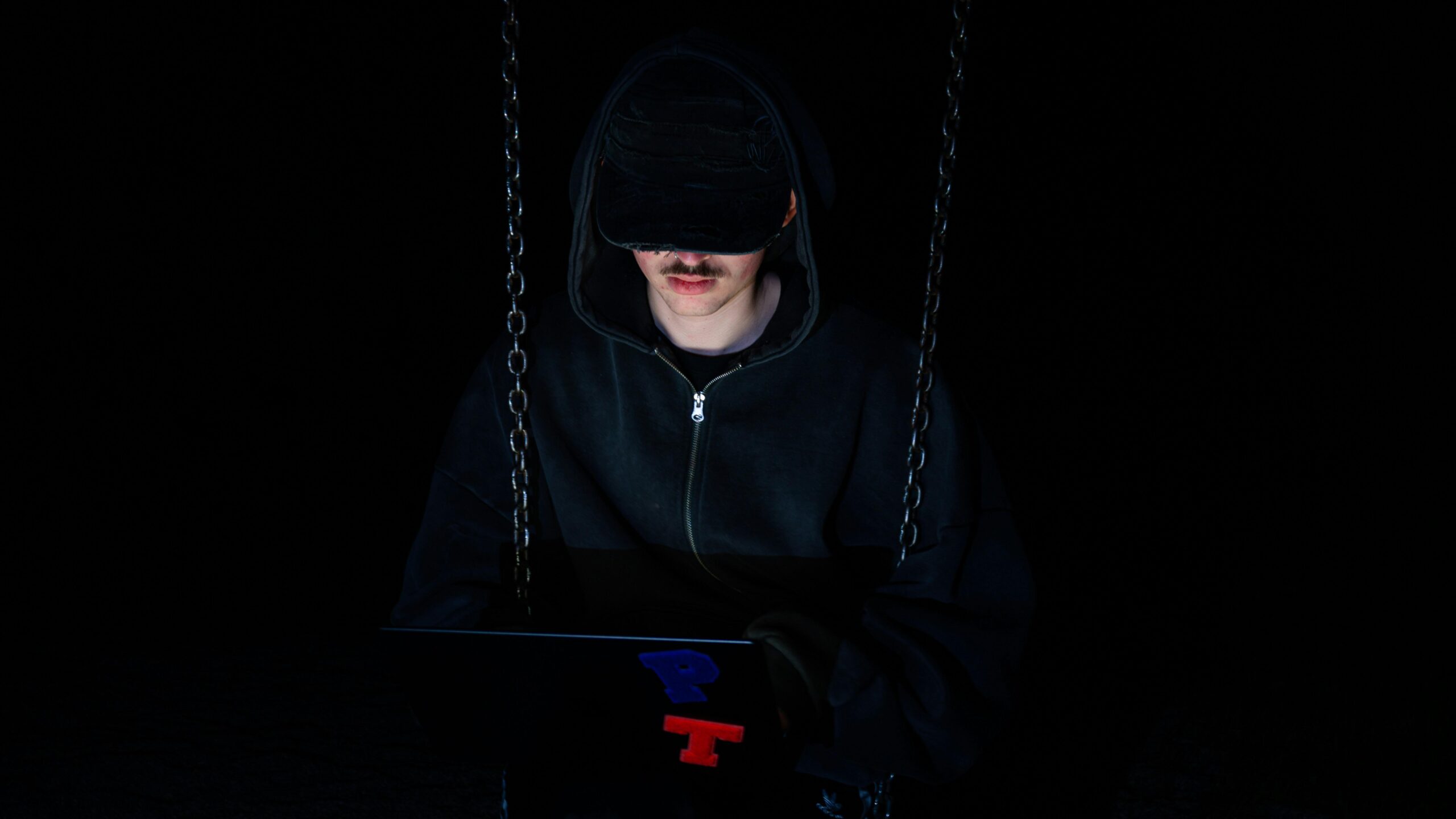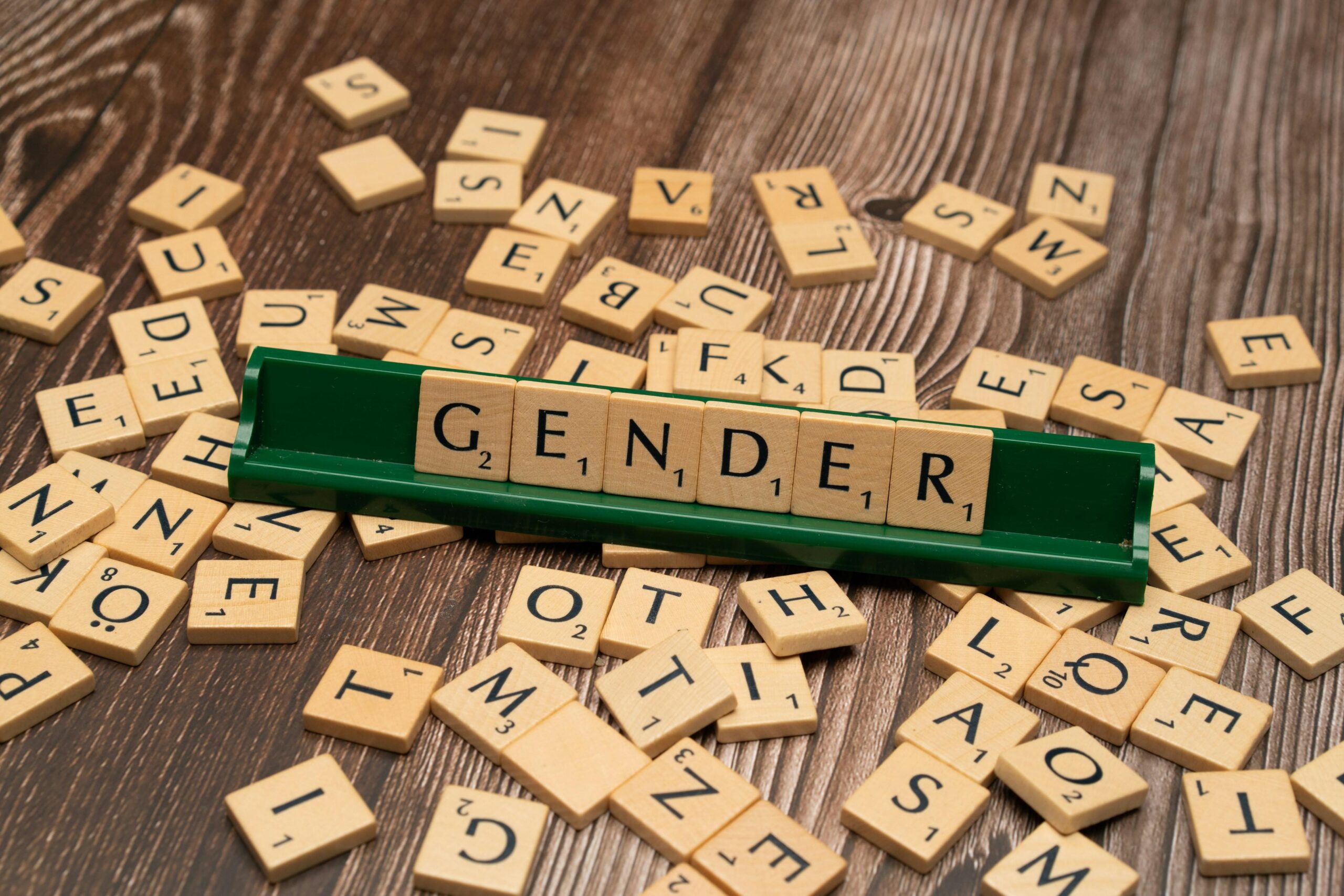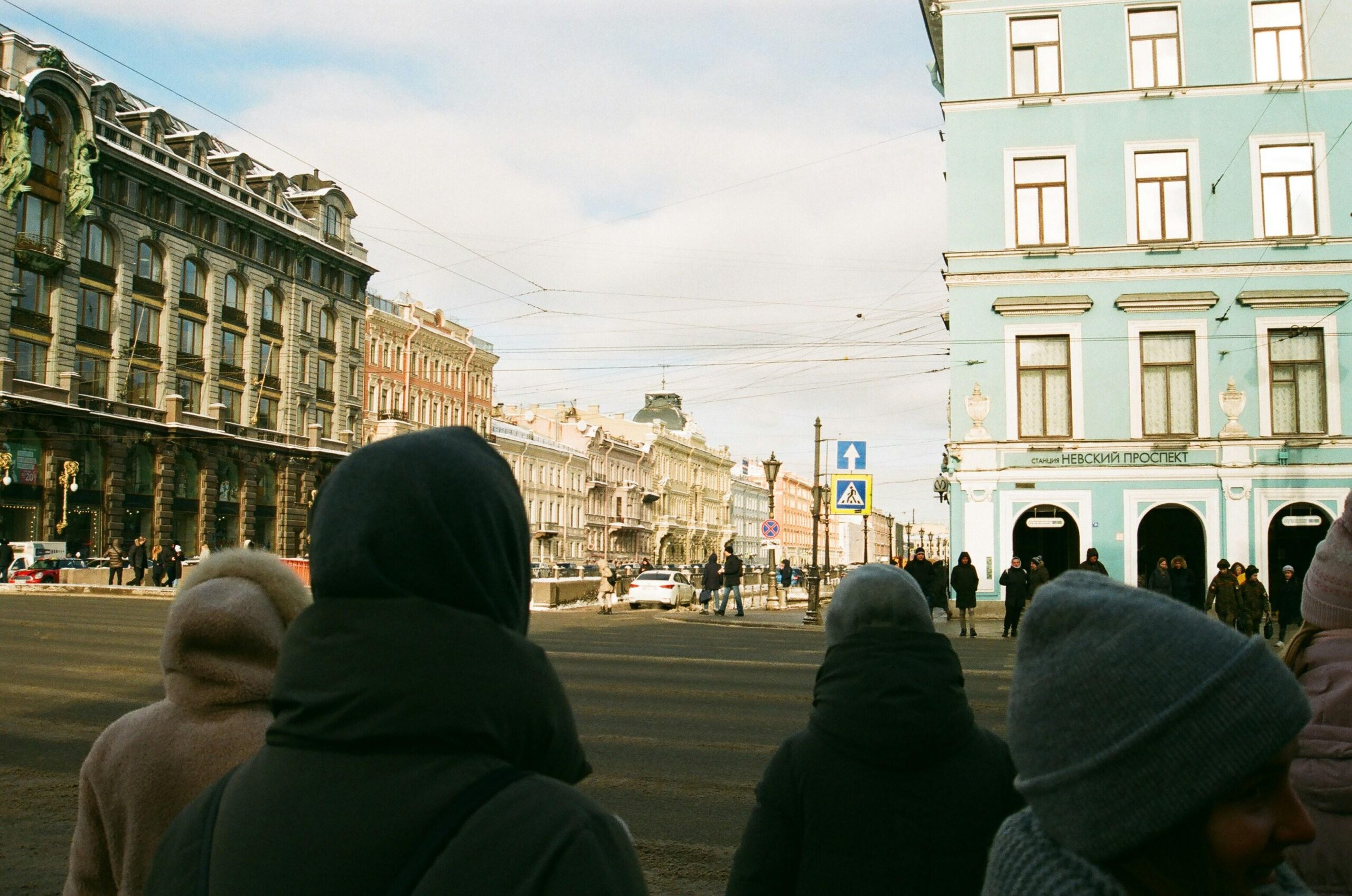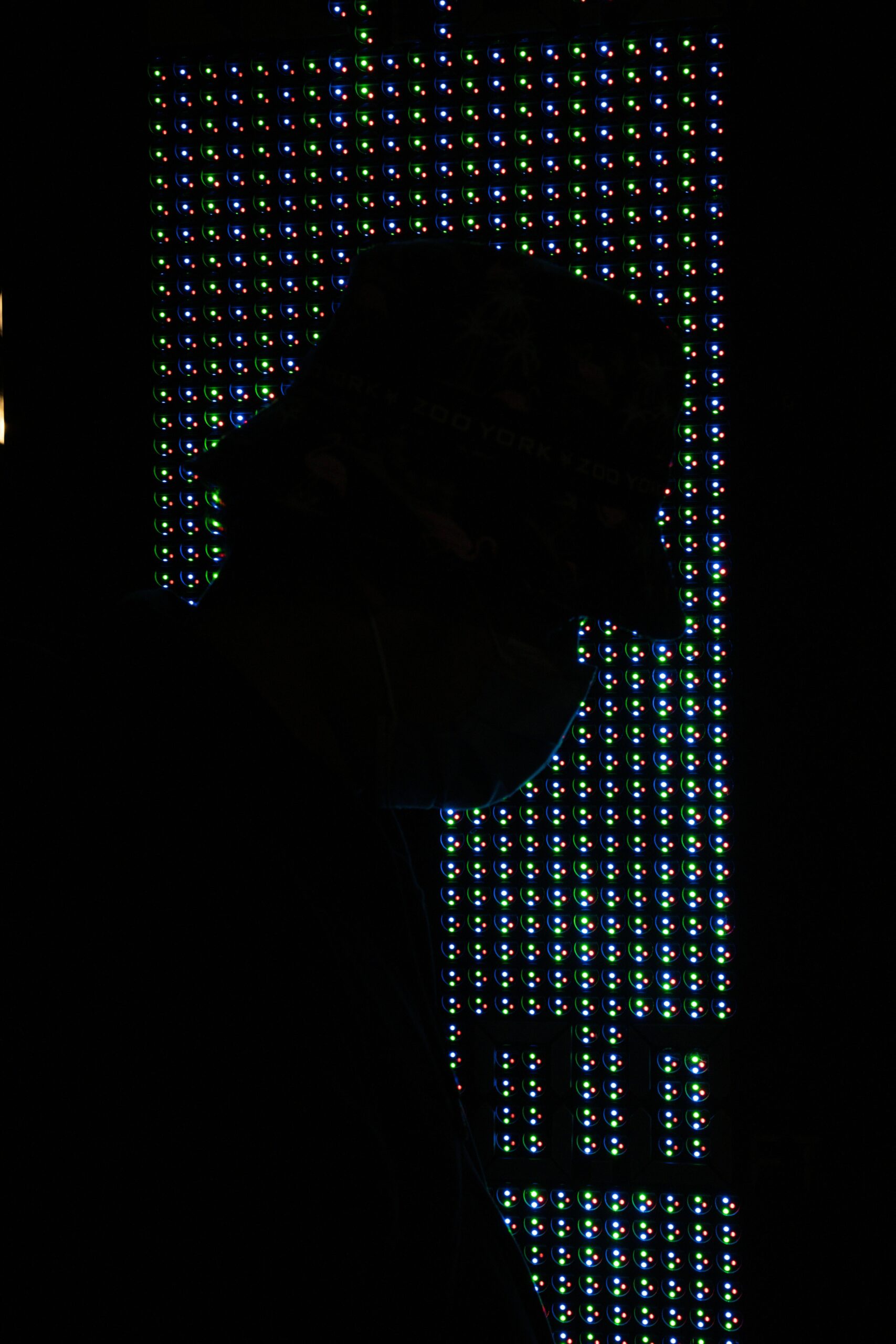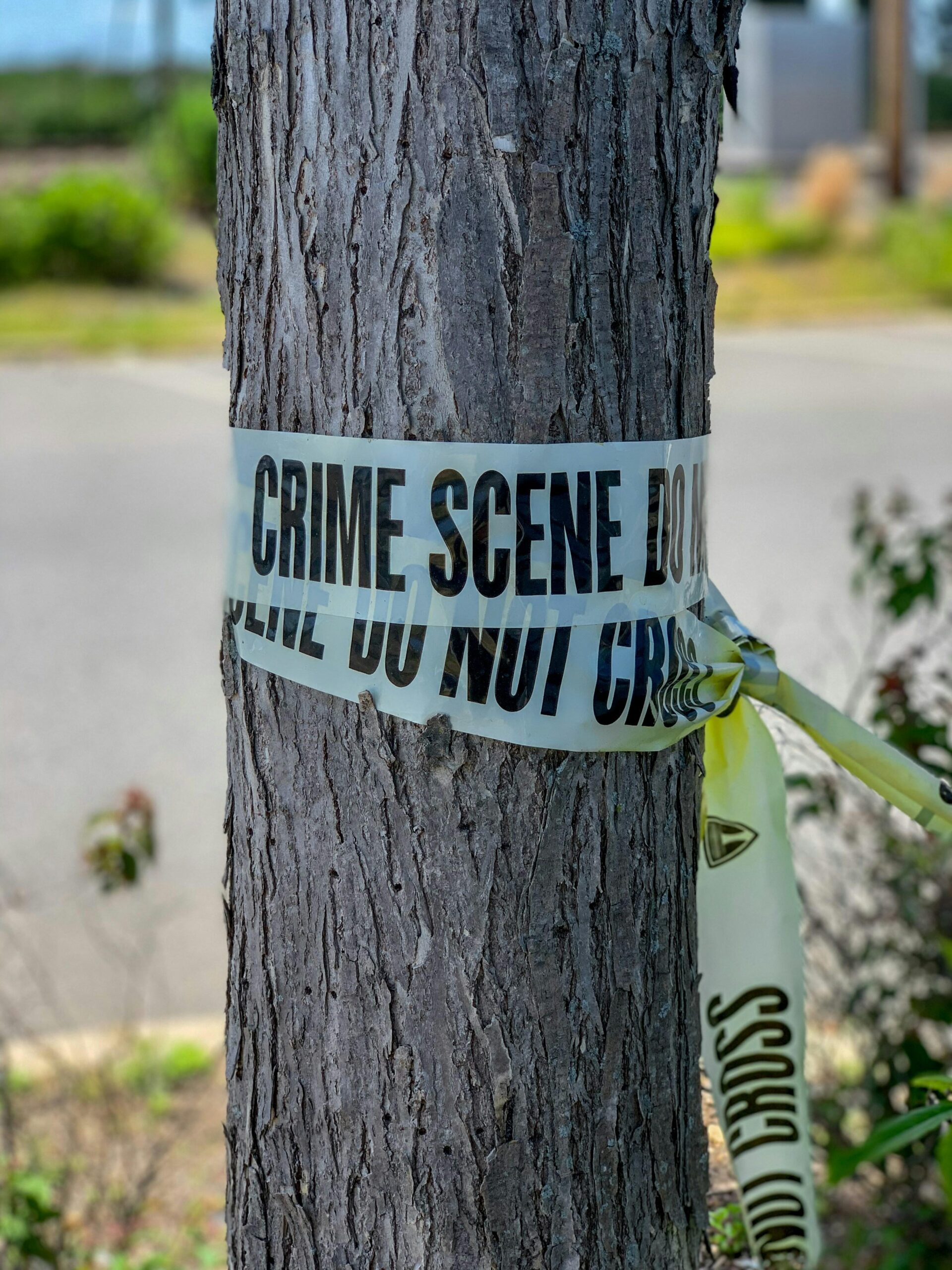Ever wondered what happens when justice crosses borders? Welcome to the fascinating world of international criminal courts—where the pursuit of justice isn’t confined by geography. These courts are like judicial globetrotters, navigating complex legal systems, cultures, and politics to hold perpetrators accountable on a global stage. In this article, we’ll take you behind the scenes, exploring how justice travels from local crimes to international trials, and what it means for the future of law and order worldwide. Ready to unpack the journey of justice? Let’s dive in!
Table of Contents
- Exploring the Journey of Evidence Across Borders
- Unpacking the Role of Technology in Modern Trials
- Challenges Faced by Witnesses in International Cases
- Strengthening Cooperation Between Nations for Fairer Justice
- Wrapping Up
Exploring the Journey of Evidence Across Borders
When dealing with crimes that span multiple countries, collecting and transferring evidence isn’t just a matter of simple postal services—it requires a sophisticated network of legal frameworks and diplomatic collaborations. Documents, witness testimonies, and forensic materials move through rigorous channels, often crossing continents while navigating diverse legal systems and security protocols. This complex choreography ensures that every piece of evidence maintains its integrity and admissibility, no matter where it originated.
The journey of evidence involves various critical steps, including:
- Intergovernmental agreements that allow for seamless cooperation
- Authentication processes tailored to each jurisdiction’s standards
- Secure transportation methods monitored at every stage
- Utilization of digital tools and encryption to shield sensitive data
Such meticulous management of evidence not only speeds up international trials but also preserves the delicate balance between sovereignty and justice, ensuring the truth transcends borders.
Unpacking the Role of Technology in Modern Trials
Technology has dramatically reshaped the courtroom experience, turning it from a traditional ritual into a dynamic, data-driven environment. Modern trials, especially those on an international scale, rely heavily on digital tools to manage vast amounts of evidence—ranging from video testimonies to encrypted communications. This digital integration not only expedites proceedings but also enhances transparency, ensuring that justice is both swift and visible. The use of real-time translation software, for example, bridges language barriers, allowing participants from diverse backgrounds to communicate effectively without losing the nuance essential for fair adjudication.
Beyond improving communication, technology empowers courts with novel methods to scrutinize complex cases. Consider how:
- Forensic databases assist in cross-referencing evidence against global records
- Virtual and augmented reality reconstruct crime scenes for jury members to explore
- Secure blockchain networks provide tamper-proof evidence logs
These advancements not only streamline judicial workflows but also build a digital fortress of trust in international legal proceedings, reaffirming the idea that justice is as much about process as it is about outcome.
Challenges Faced by Witnesses in International Cases
Testifying in international criminal courts is an immense challenge, often placing witnesses in the crosshairs of danger and uncertainty. Many must travel far from their homes, sometimes crossing hostile borders or regions destabilized by conflict, which can add layers of complexity to their participation. The emotional toll is equally significant; recounting harrowing incidents under the intense spotlight of global scrutiny requires extraordinary courage. Witnesses frequently grapple with the fear of retaliation from perpetrators or their affiliates, making protective measures and anonymity critical components of their safety. Amid these pressures, language barriers and cultural differences can create additional hurdles, complicating communication and understanding within courtroom proceedings.
Beyond personal risks, logistical challenges arise that impact the effectiveness of witness testimonies. Coordinating schedules across time zones and ensuring secure transportation can delay trials, frustrating both judicial processes and those awaiting justice. Technology, while a helpful tool, sometimes falters, leading to concerns about the preservation and integrity of testimony. This complexity calls for robust support systems, including legal assistance, psychological counseling, and cultural mediation experts. Witnesses often rely on a network of international agencies working behind the scenes to facilitate their journey from vulnerable bystanders to pivotal voices in the pursuit of accountability.
- Security concerns: Protection from retaliation before and after testimony.
- Emotional trauma: Re-living painful experiences during detailed questioning.
- Language and cultural barriers: Challenges in translating testimony accurately.
- Logistical complexities: Organizing travel, accommodation, and timing.
- Technological issues: Maintaining the integrity of evidence and communication.
Strengthening Cooperation Between Nations for Fairer Justice
When nations come together in pursuit of justice, the outcomes can transcend borders and political interests, creating a global framework where accountability knows no boundaries. This collaborative spirit is essential in tackling crimes that affect humanity on a massive scale, such as war crimes, genocide, and crimes against humanity. By sharing intelligence, resources, and legal expertise, countries empower international courts to function not only as impartial arbiters but also as entities that embody the collective will for a fair legal process. These partnerships help bridge gaps between differing judicial systems and cultural perspectives, forging a path for resolutions that respect the rule of law and human dignity alike.
Multilateral efforts have also led to the development of mechanisms that enhance transparency and efficiency, ensuring that justice is both accessible and timely. Some notable ways this cooperation takes shape include:
- Mutual legal assistance agreements that facilitate evidence gathering across borders
- Joint training programs for prosecutors and judges to harmonize standards
- Establishment of liaison offices to streamline communication between states and courts
- Shared funding initiatives that help sustain international judicial bodies
These concerted actions illustrate how justice is not an isolated ideal but a shared mission—one boosted by unity and mutual respect among nations striving for a more equitable world.
Wrapping Up
As we wrap up our journey through the halls of international criminal courts, it’s clear that justice is anything but confined by borders. These institutions embody a fascinating blend of law, diplomacy, and global cooperation, reminding us that accountability knows no nationality. While challenges persist, the ongoing evolution of these courts invites us to stay curious about how justice not only travels—but transforms—across the world. Here’s to keeping an eye on this dynamic landscape, where every case tells a story about our shared pursuit of fairness on a truly international stage.


